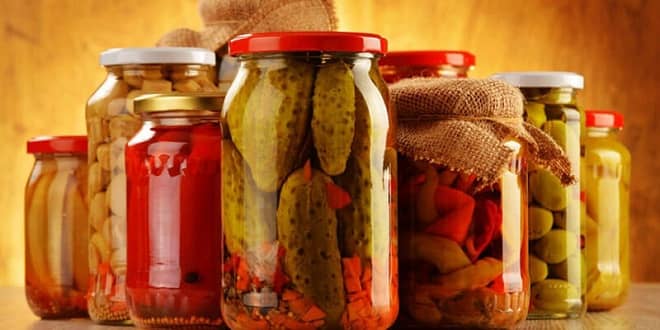Alpha Amylase Production ( Experiment 2 )
Experiment 2. ALPHA AMYLASE PRODUCTİON
Introduction
Alpha amylase: EC 3.2.1.1
Amylases are important hydrolase enzymes which have been widely used since many decades. These enzymes randomly cleave internal glycosidic linkages in starch molecules to hydrolyze them and yield dextrins and oligosaccharides. Among amylases α-Amylase is in maximum demand due to its wide range of applications in the industrial front. With consumers growing increasingly aware of environmental issues, industries find enzymes as a good alternative over other chemical catalysts. α-Amylase can be produced by plant or microbial sources. Due to the advantages that microbial production offers, α-Amylase from microorganisms has been focused upon and preferred to other sources for production. The ubiquitous nature, ease of production and broad spectrum of applications make α-Amylase an industrially important enzyme. This report focuses on the microbial production of α-Amylase and its applications.
Enzyme Production
In order to cultivate a microorganisms 4 major criteria you should be controlled or manipulate
1. Temperature
2. Initial pH
3. Oxygen
4. Carbon and Nitrogen sources
In order to control the temperature, incubator or water baths could be used. Initial pH is the other parameter which is critical for microbial growth. As all microorganisms have optimum temperature, they have also an optimum pH. Many microorganisms optimum pH is neutral pH (7). The other criteria is oxygen if the microorganisms is aerobic, you should supply air to the microorganisms. The carbon and nitrogen source is another important criteria. First of all these C and N sources are food of microorganisms so they should able to digest and uptake both C and N sources. Most of the Bacillus species can synthesis and secret extracellular alpha amylase. Due to this ability of Bacillus spesies we use Bacillus in order to obtain alpha amylase. For detection and quantification of alpha amylase activity we use DNS method as mentioned below.
Equipment
pH meter
autoclave
erlenmayer flasks
Chemical
Starch/ flour
Pepton/ Ammonium sulphate/ ammonia
CaCl2/CaCO3
Procedure
For preparing a nutritional medium, measure 0.5 gr flour/ starch + 0.1 gr pepton/ammonium sulphate/ ammonia. Adjust the medium pH to 6.5. Medium should be required Ca ions so as to activate the enzyme.
DETERMINATION OF ALPHA- AMYLASE ACTIVITY
Introduction
Dinitrosalicylic acid method (DNS):
The DNS method for estimating the concentration of reducing sugars in a sample is used. Reducing sugars contain free carbonyl group, have the property to reduce many f the reagents. All monosaccharides and some disaccharides are reducing sugars
…




